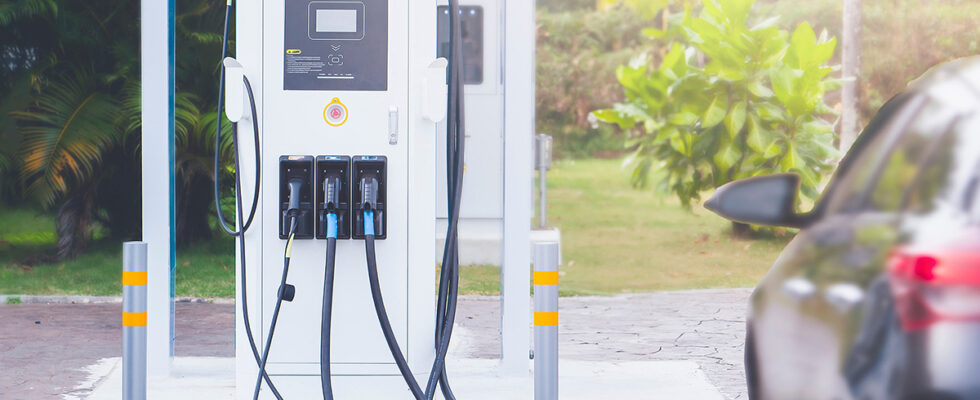A recent study shows that electric car owners in the United States spend twice as much time at free charging stations, which is not without its problems.

With the ever-increasing rise of electric cars necessarily comes that of charging stations. It seems stupid said like that, but it is nevertheless a major argument for the democratization of clean vehicles, if we exclude their price, which is still too high for half of French people. Not everyone has the freedom to install a terminal in their home, despite government aid. And like gasoline, electricity can be expensive. The situation is a little different in the United States.
If Uncle Sam’s country is well equipped, you should know that the vast majority of electric cars purchased there incorporate a free top-up offer at certain stations. Either for a few years or unlimited way. Free is a big word since a good part of the shortfall that this represents is added to the price of the car. However, it is a very appreciable bonus which encourages you to go electric. But this is not without creating a potentially problematic phenomenon.
Electric car drivers spend twice as much time at free charging stations
A study carried out between June 2020 and June 2023 on 2.3 million charging sessions (excluding Tesla stations) shows that Americans spend twice as much time at free terminals compared to paid ones. On average, driver stays 78 minutes per charge at a free stationto win 40.7 kWh of energy. If he has to pay, he goes through with it 42 minutes for 22 kWh. If it seems obvious to turn to an offered solution, this leads to long queues to access the terminals and potentially fights between the most impatient.
Read also – Electric cars: by 2026, there will be a charging station every 60 km in Europe
Moreover, power your car only with fast chargingwhich is the case here, can in the long term damage the vehicle battery. What emerges from the study is that the provision of stations where you do not pay encourages them to divert from their primary use. Drivers refuel there rather than picking up just what they need to continue their journey. If you look closely, you can see that free is not always the ideal solution. So much so that in the United States, some are calling for the end of these stations.
Source: Department of Energy’s Vehicle Technologies Office
